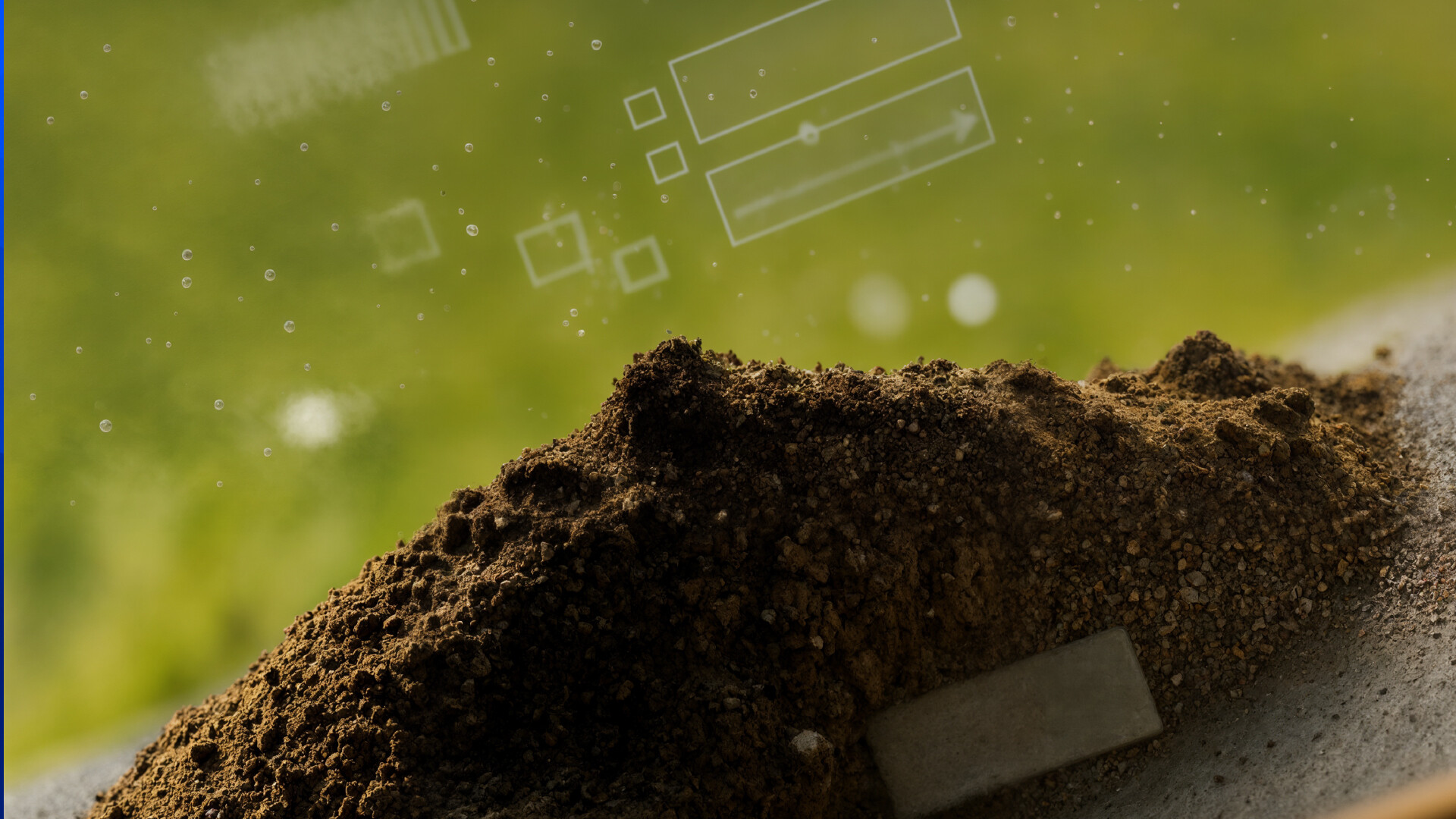Space junk: what it is and why cleaning it up matters

Space junk: Parts of space are becoming overcrowded with debris. Image: Unsplash/SpaceX
Listen to the article
This article was first published in May 2021 and updated in June 2022.
- NASA is tracking more than 26,000 pieces of orbital debris, or “space junk”, which are endangering astronauts and space missions.
- Space junk can travel at 40,000km an hour and can destroy satellite communications.
- A new space mission is aiming to capture and remove space debris from orbit.
In November 2021, the crew of the International Space Station were forced to take shelter onboard to avoid being struck by pieces of a broken satellite orbiting Earth.
Just eight months earlier, on 22 March, a craft resembling a washing machine with wings was catapulted into the sky from Kazakhstan on a Soyuz rocket, in what its inventors described as “the start of the world’s first commercial mission to prove the core technologies necessary for space debris docking and removal”.
For the past year, the ELSA-d (which stands for End-of-Life Services by Astroscale-demonstration) mission has been trialling a pioneering method to capture and safely remove space debris from orbit using magnetic retrieval - part of efforts by a number of companies and governments to conduct a celestial litter-picking exercise on a grand scale.
NASA is officially tracking more than 26,000 pieces of orbital debris, or “space junk”, which are endangering astronauts and space missions.
In June 2022, the UK government launched a Plan for Space Sustainability including a $6 million fund for Active Debris Removal (ADR).
It's estimated the global market for In-Orbit Services and Manufacturing (IOSM), which includes ADR and End of Life Services (EOL) will be worth $4.4 billion by 2030, according to a sustainability report commissioned for the UK Space Agency, co-authored by Japanese start-up Astroscale, who created ELSA-d.
Cleaning up the space scrapyard
ELSA-d consists of two satellites stacked together. The first part is a service craft designed to safely remove debris from orbit. This is docked with a smaller 'client' satellite that replicates a piece of space debris during test flights, enabling the service craft to effectively catch it in space.
Since ELSA-d has been in orbit, successful trials have been carried out that include tracking an object from a great distance and a rendezvous with an uncontrolled object, proving the technology works.
The success of each of these tests has put Astroscale one step closer to the commercial application of its technology, where, once captured, the debris and service satellite will return to the Earth’s atmosphere together, burning up on re-entry.
In May 2022, Astroscale announced it was partnering with the UK and European Space Agencies and OneWeb to launch a new mission - ELSA-M - at the end of 2024, which will build on the capabilities of ELSA-d.
Astroscale's CEO Nobu Okada, who was named a World Economic Forum Tech Pioneer in 2017, has been appointed Honorary Chair of World Space Week 2022, in October, which will focus on Sustainability and Space.
He is also a member of the Forum’s Global Future Council on Space, which explores critical challenges for the sector, including its socio-economic impact and the need to maintain sustainable growth.
How is the World Economic Forum promoting sustainable and inclusive mobility systems?
A brief history of space junk
Since the Soviet Union put Sputnik 1, the first satellite, into space in 1957, the area of space known as low-earth orbit has become ever-more crowded.
With space traffic increasing, the number of in-space collisions are “expected to rise," according to the United Nations Office for Outer Space Affairs (UNOOSA).
Of the more than 26,000 debris objects NASA monitors, there are more than 4,000 dead satellites and rocket stages which could destroy working satellites and impact on our communications on Earth.
Then there are up to 900,000 fragments of space scrap up to 10cm big which are too small to monitor and 128 million tiny pieces up to 1cm big.
But even the smallest fragments circling Earth at 40,000km an hour could cause catastrophic damage to an active satellite, according to the European Space Agency’s Space Debris Office.

“The energy contained in a one-centimetre particle hitting a satellite at that velocity roughly corresponds to an exploding grenade,” says Holger Krag, Head of the European Space Agency’s Space Debris Office, in a video about managing space debris.
"The consequences of such a hit mean satellite failure, for larger objects, even satellite destruction and fragment generation, which, again, then has environmental consequences."
Krag says ongoing fragment collisions over the coming decades could also make certain areas of space unusable for space flight. The presence of debris could potentially disrupt the activities of the International Space Station - which narrowly avoided colliding with debris three times in 2020 and again in 2021 - as well as missions to the moon and to Mars.
Don't miss any update on this topic
Create a free account and access your personalized content collection with our latest publications and analyses.
License and Republishing
World Economic Forum articles may be republished in accordance with the Creative Commons Attribution-NonCommercial-NoDerivatives 4.0 International Public License, and in accordance with our Terms of Use.
The views expressed in this article are those of the author alone and not the World Economic Forum.
Stay up to date:
Space
Related topics:
Forum Stories newsletter
Bringing you weekly curated insights and analysis on the global issues that matter.
More on Emerging TechnologiesSee all
Dr Gideon Lapidoth and Madeleine North
November 17, 2025







